“What Is Fitness?” is one of the most important articles in the CrossFit canon. First published in 2002, this article was the first to present a clear definition of fitness while explaining how to measure just how fit a person is.
In outlining the parameters of CrossFit’s definition of fitness, the article also described the three models upon which that definition is based.
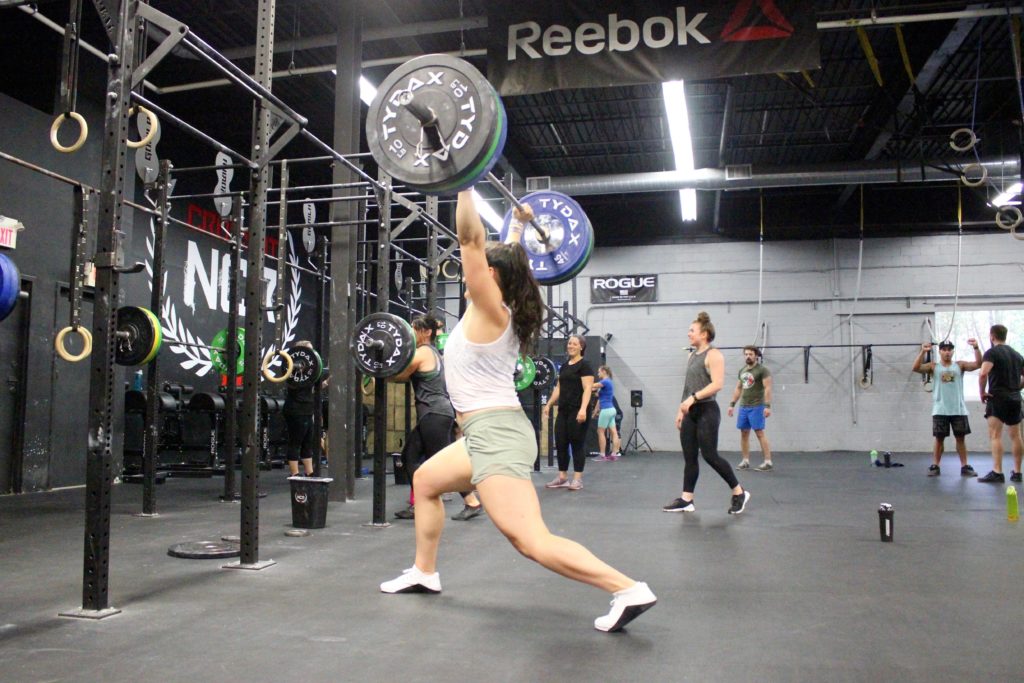
CrossFit’s first model of fitness is based on Jim Crawley and Bruce Evans’ 10 general physical skills. As explained in the article, “You are as fit as you are competent in each of these 10 skills:
- Cardiovascular endurance – The ability of body systems to gather, process, and deliver oxygen.
- Stamina – The ability of body systems to process, deliver, store, and utilize energy.
- Strength – The ability of a muscular unit, or combination of muscular units, to apply force.
- Flexibility – The ability to maximize the range of motion at a given joint.
- Power – The ability of a muscular unit, or combination of muscular units, to apply maximum force in minimum time.
- Speed – The ability to minimize the time cycle of a repeated movement.
- Coordination – The ability to combine several distinct movement patterns into a singular distinct movement.
- Accuracy – The ability to control movement in a given direction or at a given intensity.
- Agility – The ability to minimize transition time from one movement pattern to another.
- Balance – The ability to control the placement of the body’s center of gravity in relation to its support base.
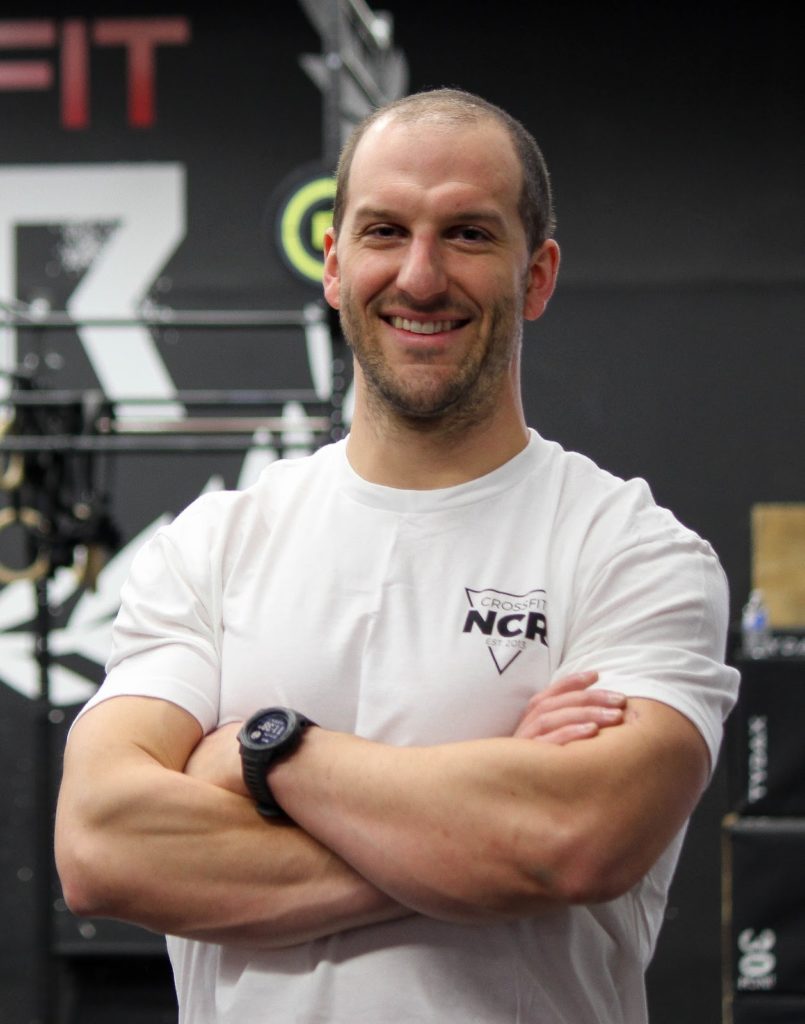
Pete Shaw
Knowing how you fare when a workout tests each of these skills can be helpful when assessing any weaknesses in your fitness. But as CrossFit Seminar Staff member Pete Shaw notes, CrossFit workouts never test these skills in isolation.
“Separating these skills is not an effective way to program,” Shaw explains. “In application, these skills are blended together, and there is a massive overlap between them.”
Despite the complexity that goes along with analyzing how the skills come into play in a CrossFit workout, understanding how they feel when tested and why they are important is a worthwhile exercise. They can help you uncover where you excel and where you have the most room for growth.
Shaw explains how you might experience or think about each skill in the context of your CrossFit training:
- Cardiovascular endurance – The first-person experience of testing this physical attribute is an increase in respiration rate and depth. The body’s energy requirements increase, and more oxygen is needed to drive activity. The question simply becomes: Did you huff and puff? If yes, your cardiovascular endurance is being challenged.
- Stamina – When stamina is challenged, you typically experience this as muscle burn. From a physiological standpoint, the body’s energy stores are used up, and lactate quickly begins to build in the muscle cells. The level of burn you feel is directly related to how much energy you have stored (in the form of glycogen) and the rate at which lactate is converted into ATP (adenosine triphosphate, the body’s energy currency). The question here is not only “Did you feel a burn?” but also “Where did you feel the burn?”
- Strength – While conventional definitions of strength have to do more with contractile potential, Crawley and Evans come closer to the mark by emphasizing the “application of force.” However, CrossFit narrows the definition of strength further to “the productive application of force.” The question to ask is, were you able to perform the task? The heavier the object (whether body weight or barbell), the greater the chance of failure.
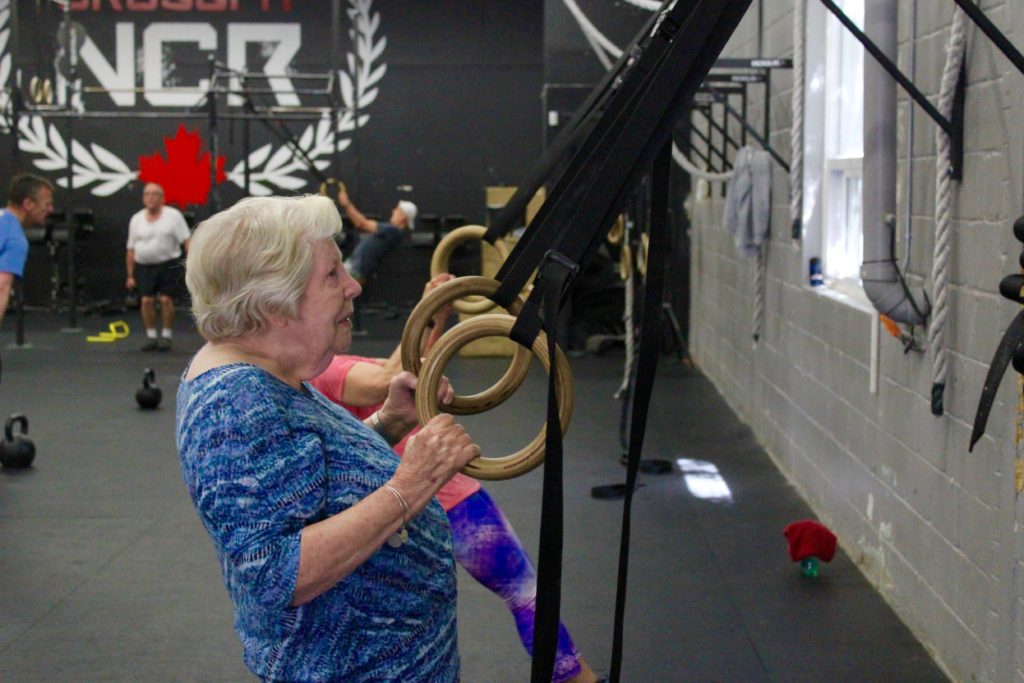
- Flexibility – CrossFit workouts challenge flexibility by incorporating different positions, different body parts, and different added stressors and challenges. Flexibility tests are felt as we feel the body’s major joints move at their end ranges across various modalities.
- Power – Power is simply calculated as P = Force x distance/time. This is really the driving force behind the results we see in CrossFit. The higher the power output over time, the more results you will see. However, power is largely dependent on time. Average power will decrease as time increases, and good programming will challenge an athlete’s fitness over broad time domains (short, medium, and long durations). Ultimately, when we test fitness in a competitive setting like the Open or the Games, we are testing to find out which athlete has the highest overall power output across broad time and modal domains.
- Speed – Any time you are in a race, you are testing speed to a degree. However, sometimes for longer workouts or tests, it’s actually better to slow down a little bit to conserve energy at the beginning. So like power, speed tested over various time domains is important, but as a general rule, the shorter the workout, the more it will force an athlete to push the limits of their cycle speed.
- Coordination – The more you can break down a movement into multiple parts and pieces, the more complex it is and the more coordination is required to perform it. All you need to do is ask yourself: How well do I perform in workouts with complex as opposed to simple movements? For instance, can you perform lots of pull-ups and lots of dips but you struggle with muscle-ups? Are you great at front squats and push presses but struggle when the movements are combined in the form of the thruster? This could be a coordination issue, and since this is a neurological skill, it will require practice to increase proficiency.
- Accuracy – To understand the importance of this skill, ask yourself: Will an athlete perform better if they put the barbell or dumbbell in the right place at the right time? If they pull/push their body into the right position at the right time for any gymnastics movement? If they control their relative intensity to maximize output for a given workload or time domain? The answer is “Yes!”All workouts require this kind of accuracy to varying degrees. It’s obvious that more complex movements will require more accuracy in the classical sense of controlling an object, but pacing is often a forgotten component of the skill. The fittest athletes are really good at pacing.
- Agility – There are a couple of ways to think about how CrossFit workouts test this skill. We can think about it in a similar way to how we think about coordination: in terms of movements with multiple distinct movement patterns (i.e., a thruster = front squat + push press, or a burpee box jump-over = burpee + box jump). Are you able to transition seamlessly from the squat into the press? But we can also think about our agility in terms of transitioning between movements in a workout. Do you pause for a lot of rest between movements? Or do you minimize transition time and continue moving despite having to switch gears or change direction quickly? Smooth compound movement execution and quick transitions lead to improved fitness.
- Balance – As a general rule, the more dynamic bodyweight movements require more balance, but overhead movements where the load is moving further from the body’s center of mass challenge this skill as well.
Having good balance can keep you safe and help you avoid the kind of bobbling that requires you to course correct, compensate, and waste energy. (Coach Mike Burgener shares some tips regarding balance specifically in the context of weightlifting here.)
As you reflect on your unique profile as an athlete, Shaw recommends spending the most time focusing on power output.
“In terms of finding weaknesses, my suggestion is to pay close attention to the things that have a direct effect on power, because that is typically a blend of all 10 skills,” he says.
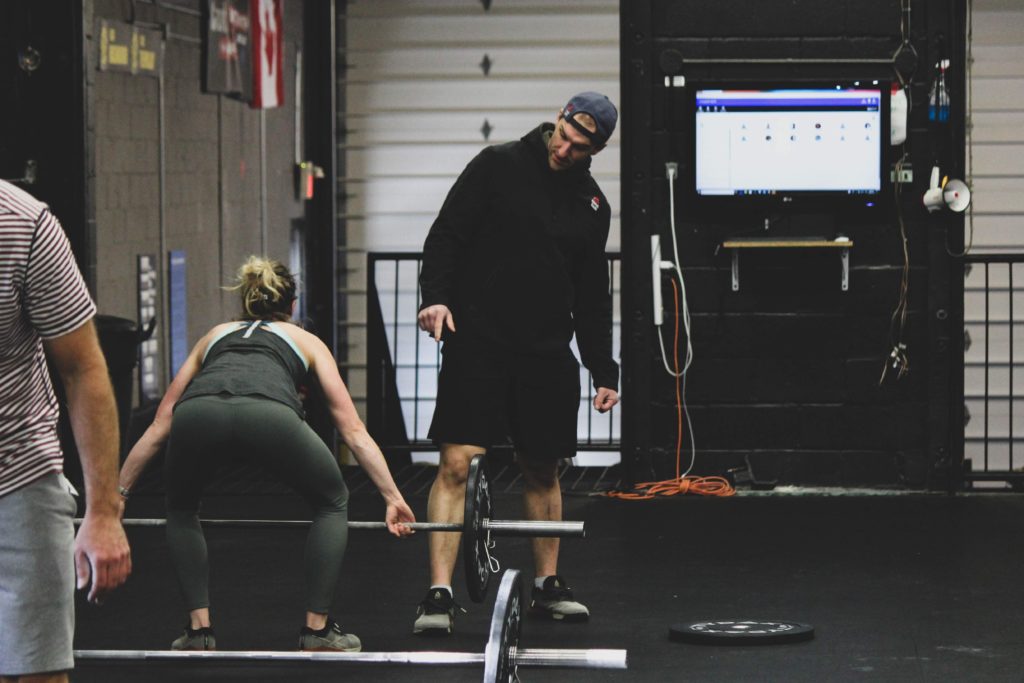
Shaw encourages athletes to dig a little deeper into the power equation (average power = force x distance/time) when assessing fitness.
Force – How is my performance in bodyweight workouts, light-weight, moderate-weight, and heavy workouts?
Distance – How is my performance in workouts with low (<50), medium (50-200), and high (200+) rep schemes? Do I do better with short (100- to 400-m), medium (400- to 2,000-m), or long (2,000-m+) metabolic conditioning workouts? Do I suffer or thrive when movements have large ranges of motion (burpees, thrusters)? Shorter ranges of motion (push-ups, deadlifts)?
Time – How is my performance over short, medium, and long time domains?
Shaw also encourages athletes to use the theoretical hierarchy of development when assessing fitness.
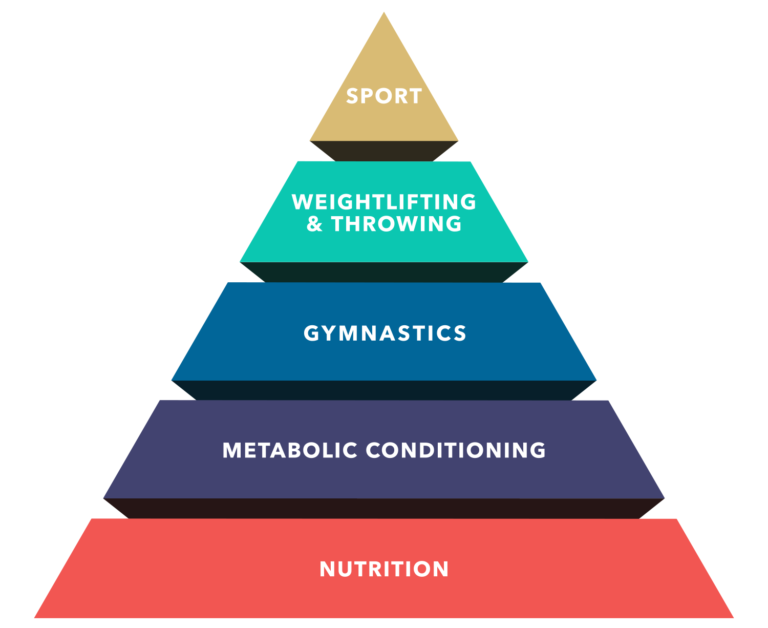
All the finest analyses of power output plotted along the most beautiful broken-line graph can’t tell you more about your fitness than the theoretical hierarchy of development if you’re eating Doritos and donuts every weekend.
“Nutrition and metabolic conditioning create the foundation upon which all successful athletes flourish,” Shaw explains.
So what do you do if you discover you have some weaknesses in your fitness game?
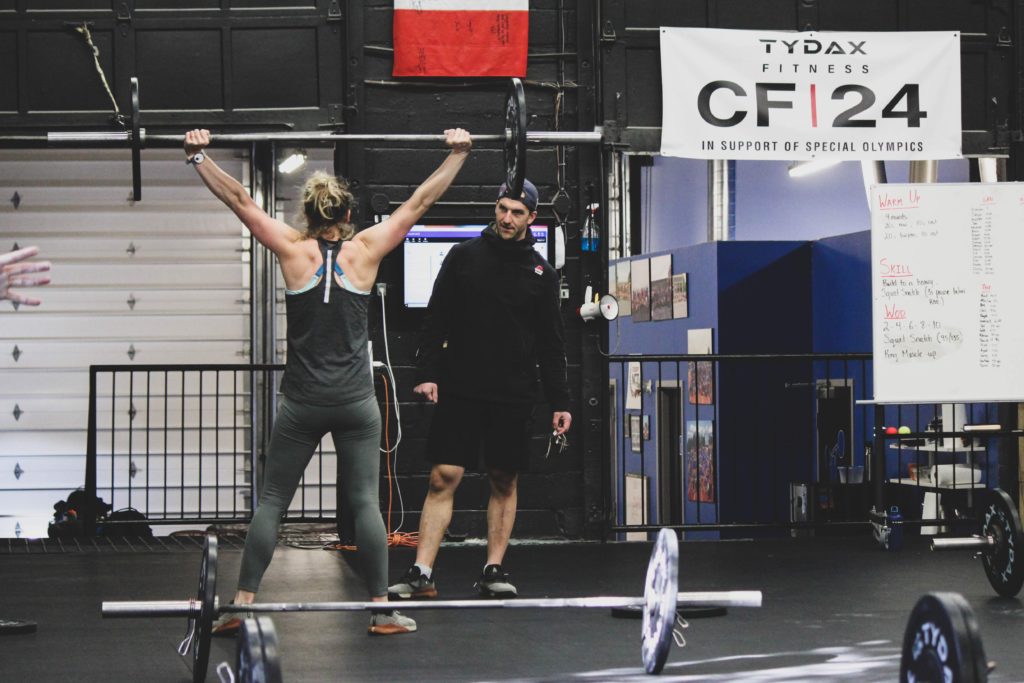
“Simply put: Attack them!” Shaw says. “CrossFit constantly pushes us through plateaus due, in part, to its constantly varied programming. You can apply this concept to weakness work as well. How many different types of push-ups can you come up with? Different rep schemes? Combined with other movements? What other movements are similar to a push-up (bench press, shoulder press, burpee)?”
“Your imagination is your only limit when it comes to working on weaknesses,” Shaw explains.
Pete Shaw is a Level 3 CrossFit Trainer and member of the CrossFit Seminar Staff. He is an owner and coach at CrossFit NCR in Ottawa, Canada, and in 2020 he qualified to compete at the CrossFit Games. You can read more about Shaw in “Pete Shaw: From Games Judge to Games Athlete.”
Read more about triaging your weaknesses in “Open Post-Op: Assessing Your Weaknesses With Chris Oman.”
All photos, excepting CrossFit’s Theoretical Hierarchy of Development, are courtesy of Pete Shaw.